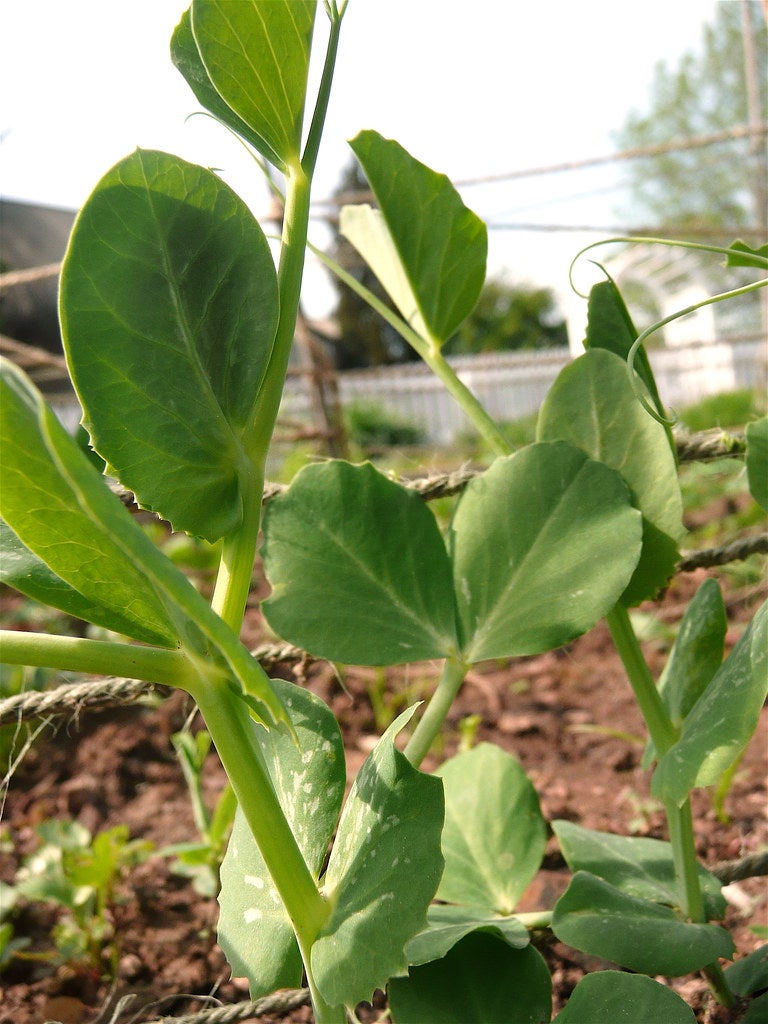What Are Wando Peas – Care Guidelines For Pea ‘Wando’ Variety


Everyone loves peas, but when the summer temperatures start to rise, they become a less and less viable option. That’s because peas are generally cool season crops that just can’t survive in the blistering heat. While that’s always going to be somewhat true, Wando peas are better at taking the heat than most, and are specially bred to withstand the heat of summer and the southern U.S. states. Keep reading to learn more about growing Wando peas.
Wando Pea Information
What are Wando peas? Developed at the Southeastern Vegetable Breeding Laboratory as a cross between the varieties ‘Laxton's Progress’ and ‘Perfection,’ Wando peas were first released to the public in 1943. Since then, they have been a favorite of gardeners in the American South, even in zones 9 through 11, where they can be sown in midsummer to be harvested as a winter crop.
Despite their heat resistance, Wando garden pea plants are also very cold tolerant, which means they can be grown just as well in cooler climates. No matter where they are grown, they are best suited for summer planting and late season harvest, or late spring planting and summer harvest.
How to Grow Pea ‘Wando’ Plants
Wando garden pea plants are high yielding, producing an abundance of short, dark green shelling pods with seven to eight peas inside. Though not as sweet as some other varieties, the peas are very tasty fresh and also good for freezing.
The plants are sturdy and vining, usually reaching 18 to 36 inches (45-90 cm.) in height. They are reasonably resistant to drought and root knot nematodes.
Time to maturity is 70 days. Sow peas directly in the ground in the spring (before or after the last frost) for a spring to summer harvest. Sow again in midsummer for an autumn or winter crop.
Sign up for the Gardening Know How newsletter today and receive a free copy of our e-book "How to Grow Delicious Tomatoes".

The only child of a horticulturist and an English teacher, Liz Baessler was destined to become a gardening editor. She has been with Gardening Know how since 2015, and a Senior Editor since 2020. She holds a BA in English from Brandeis University and an MA in English from the University of Geneva, Switzerland. After years of gardening in containers and community garden plots, she finally has a backyard of her own, which she is systematically filling with vegetables and flowers.